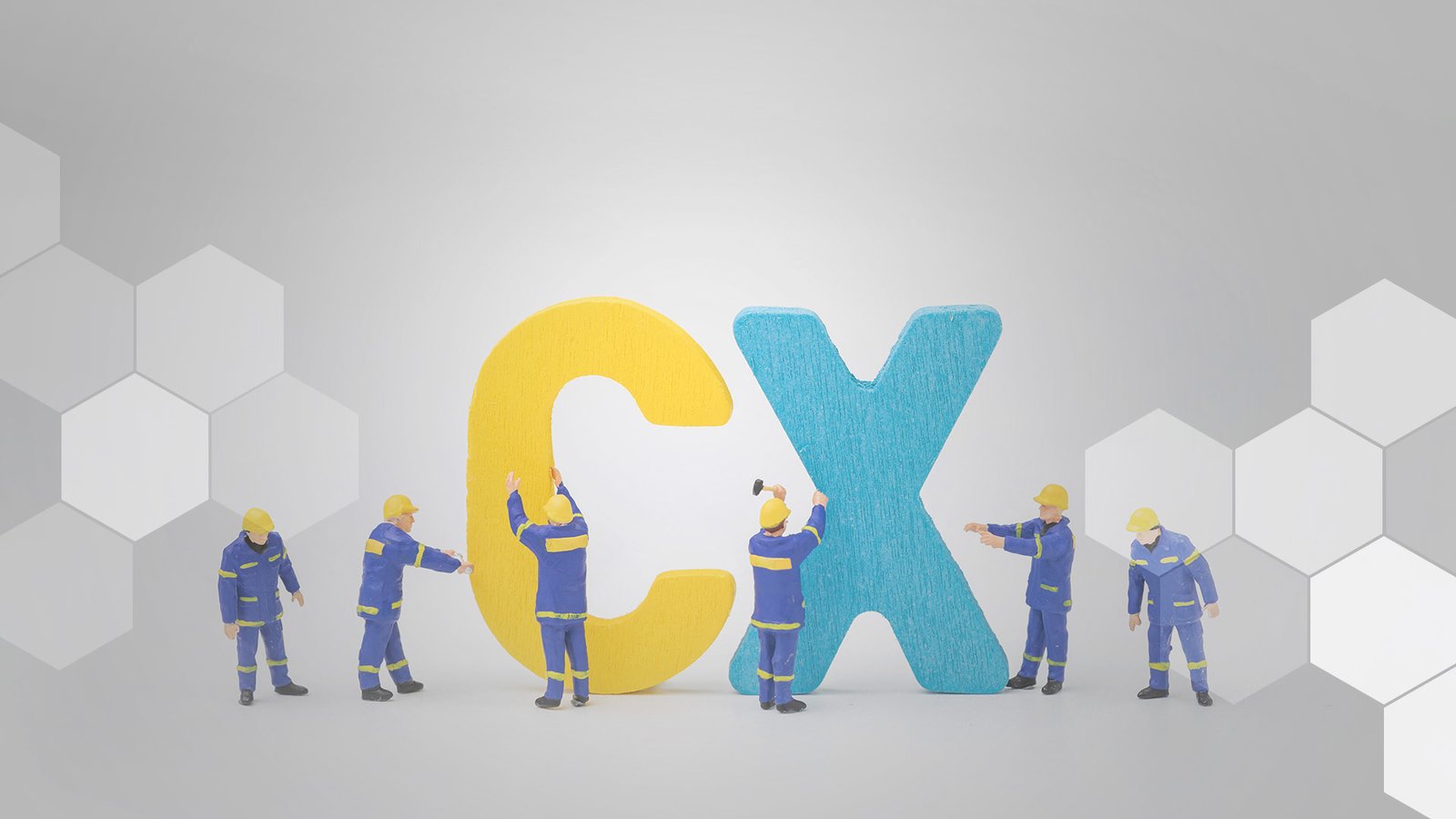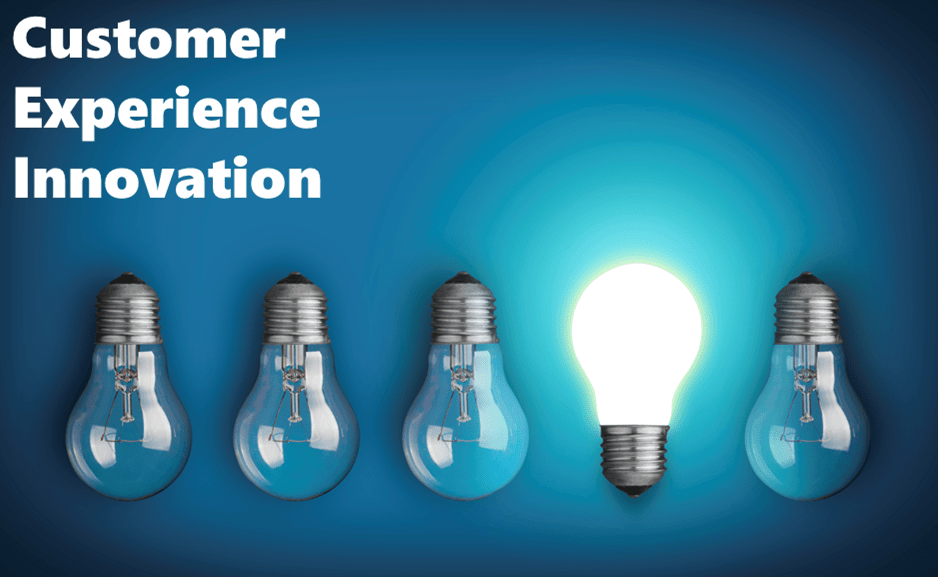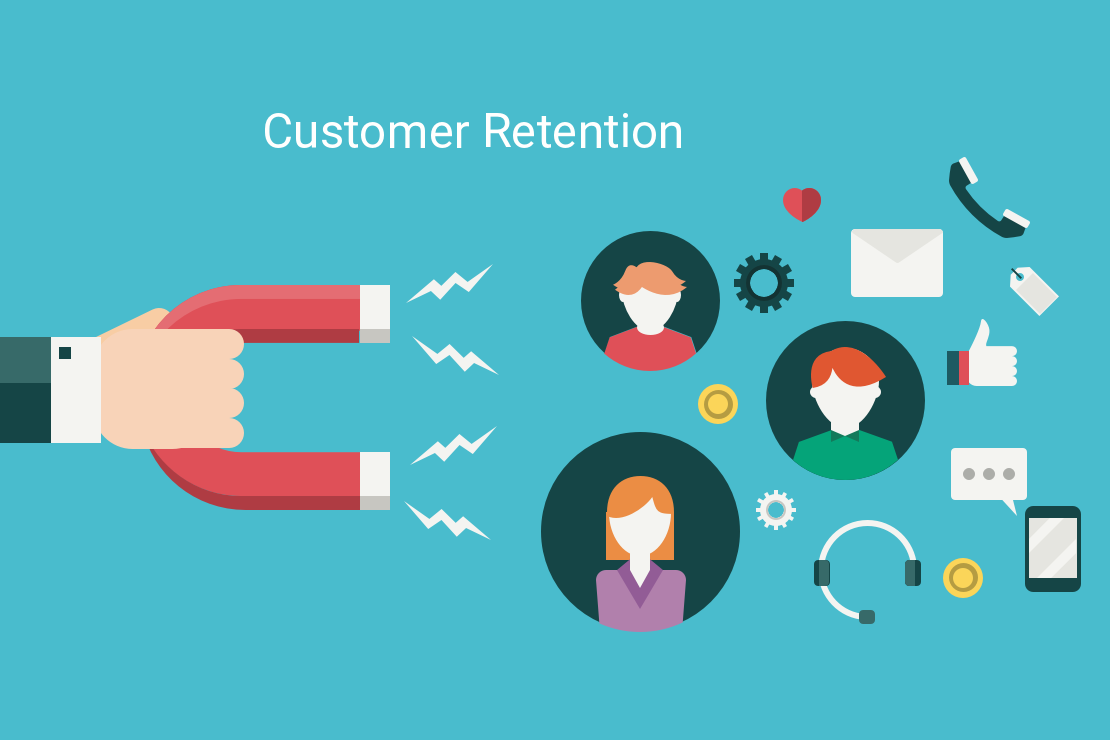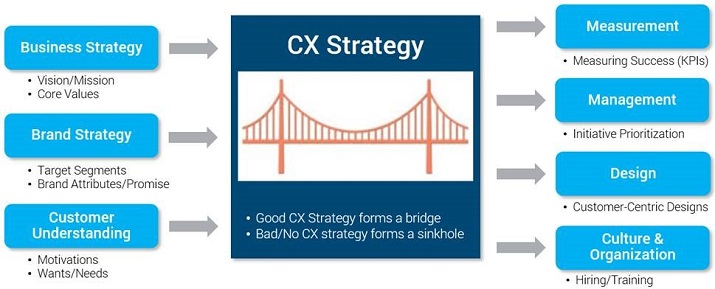A sure recipe to fail in the digital transformation is creating a change management program that revolves around technology instead of taking into account people and their experiences: digitization is a disruption that affects the human experience.
Innovation makes sense if it focused on people and their expectations. Digital transformation becomes more than a buzzword only if it creates a great human experience for all the parties involved in the change process.
Everything else, from processes, to technology, digital strategy, communications, and alignment is to be considered a secondary byproduct of a digitalization strategy that hinges on the human experience.
We often talk about customer experience and user experience. Both are essential components of a digital strategy. At the same time, we also know that transformation is directly linked to a great employee experience.
A lot of companies talk about these concepts in term of efficiency, completely missing the point of what those words represent.
In general, then, technology and change processes target people and their experiences. Therefore, the human experience in general, should be the main focus of transformation.
Digital transformation makes sense only if the processes we optimize lead to a better experience for our customers. At the same time, innovation is sensible if this enhances the experience of people who have to work with the new processes as well.
Some innovation needs to be aimed at improving processes, efficiency, and profitability. But when it comes to digital transformation, changes must revolve around human beings and their expectations.
Let’s go through a quick overview of the steps that companies need to go through in order to start a change management process that leads to the creation of a better human experience.
Step 1: Create Meaningful Employee Experiences
All the rules that apply to a digital customer also apply to employees in the era of digital disruption.
Digitization and digitalization revolve around the concept of creating a great human experience. But we can’t solely focus on the experience of our customers.
If we manage to create meaningful experiences for our employees, they will in turn be more likely to be able to focus on creating a great experience for our customers.
The kind of experience your customers will go through is directly connected to the experience you offer to your employees.
Step 2: Define what Success Is with Your Customers
If you want to create a truly extraordinary human experience, your business must focus on leading customers to success. And the first step is identifying what success actually is.
For some businesses the task is relatively easy (in essence, customers of an ISP are successful when they can be online and receive good customer service) while for others it is more complicated since their product or service can have multiple implementations for different use cases.
That’s why it’s important to fully understand what different customer personas expect based on how they’ll integrate your product or service. For specific accounts it’s also important to have a proper dialogue in which goals and metrics can be decided upon while defining a desired outcome.
As usual, customer success remains the ultimate goal of a great CX centric business strategy and hence also the main focus of change management processes that involve innovation.
Step 3: Define and Map the Customer Journey
Innovation always starts with a thorough analysis of the status quo.
Companies that want to create value for their customers know how to lead customers to success with minimum friction along the way.
This process starts with collecting all the information you can regarding the current touchpoints along the customer journey.
Customer journey mapping means tracking every touchpoint carefully. Such a customer experience mapping process is vital to identify potential sources of frustration so that you immediately get to spot areas in which it’s worth investing in order to create more innovative processes.
The next step obviously involves a thorough customer journey analysis. Every step in the journey that causes delay, friction, frustration, doubt, insecurity, stress, lack of trust, or confusion can be revised and optimized to create a better human experience throughout different phases, from discovery, to awareness, consideration, negotiations, implementation, and support.
Step 4: Identify Capabilities and Pinpoint Pockets of Innovation
Before starting with a proper plan it’s worth checking what resources and capabilities your company can already leverage.
There are skills and resources you can already take advantage of but it’s necessary to collect information and data across all departments.
Knowing what processes, people, resources, tools you’ll be able to rely on can differentiate you from your competitors by helping you create a more organic, natural, and human experience.
Step 5: Deal with Internal Weaknesses
After identifying internal capabilities which can be leveraged to support a digital strategy, it’s time to identify those areas in which your company struggles to excel due to the lack of resources, people, or know-how.
Problems connected to know-how can often be addressed by improving recruiting and employee retention processes.
When it comes to issues that involve the lack of technology or capabilities which would take years to develop, it’s always a smart move to look around and:
- Create new partnerships
- Acquire businesses that master the processes and the technology you need to strengthen and defend your position
- Cooperate with startups that lead innovation by including them in your accelerator programs
Digital Strategy CXREFRESH Customer Experience CX Employee Experience Human Experience Digital Transformation Digital Customer






